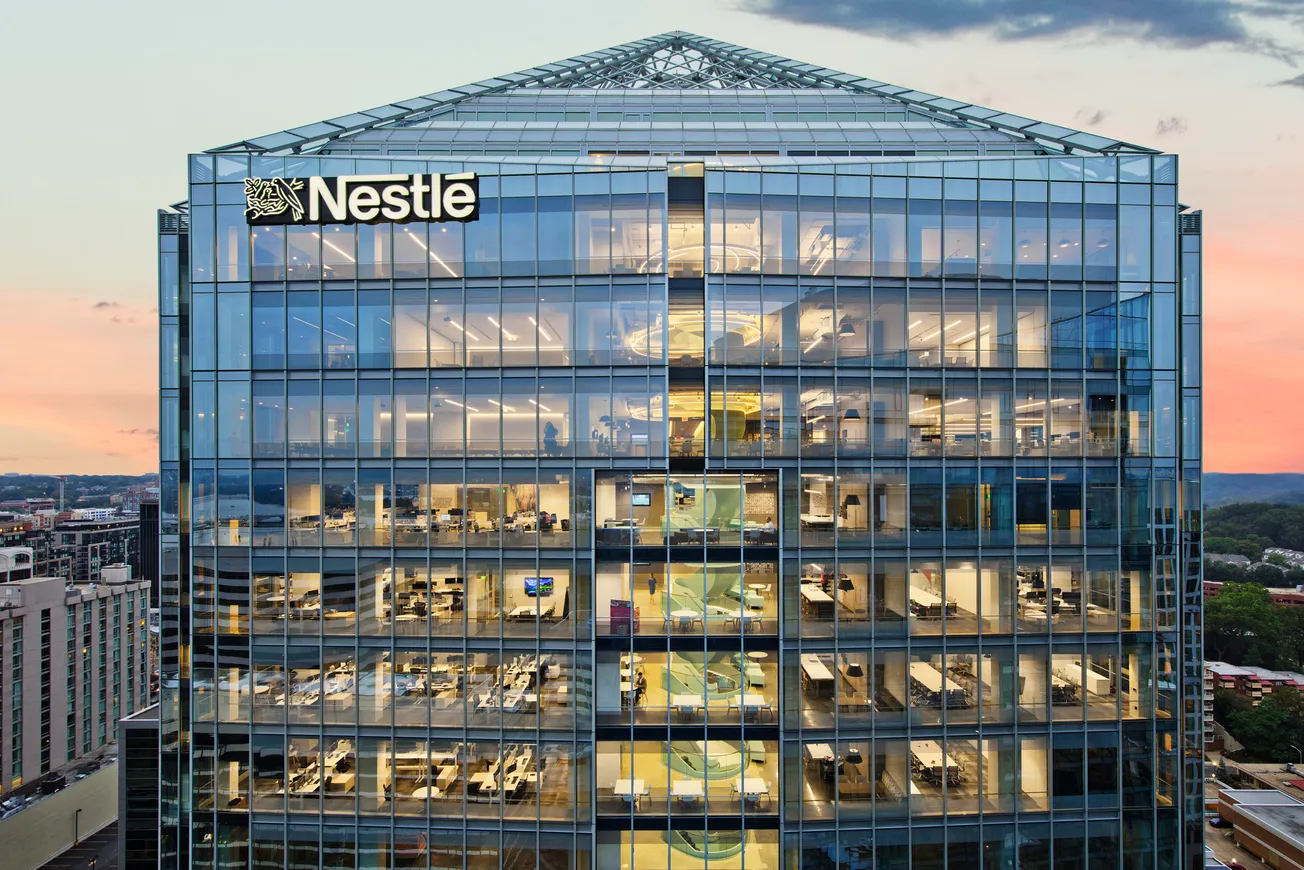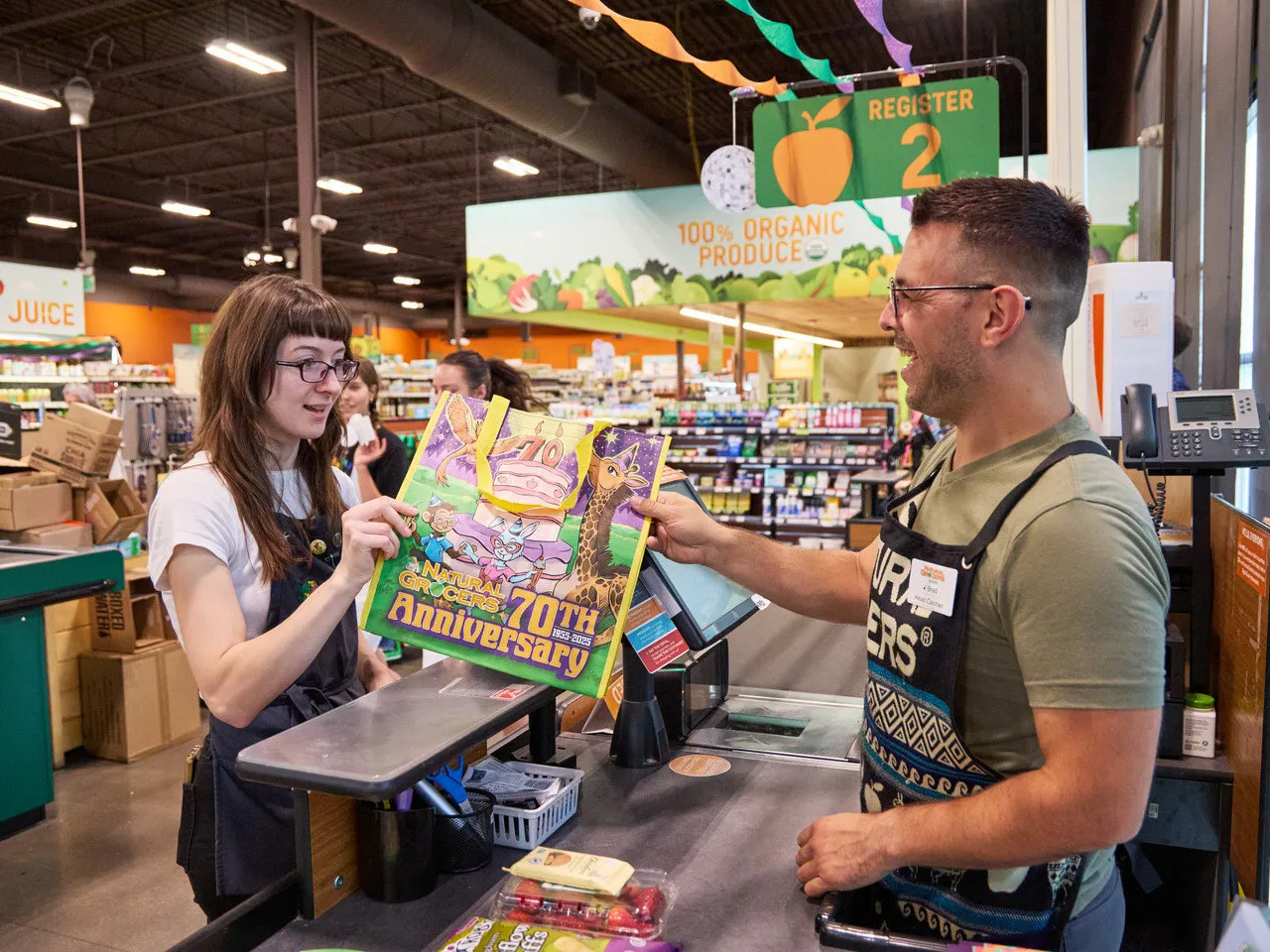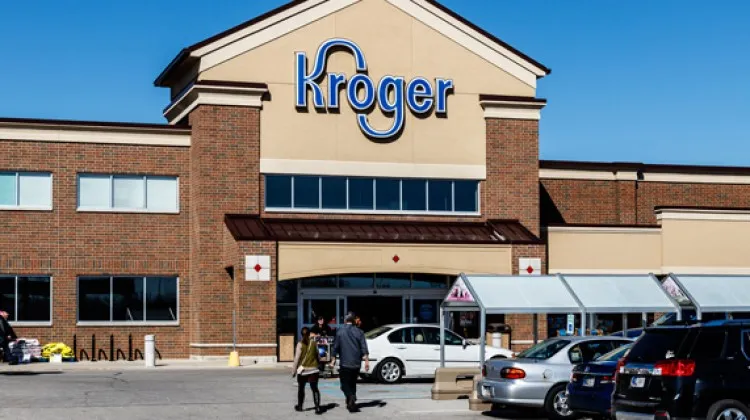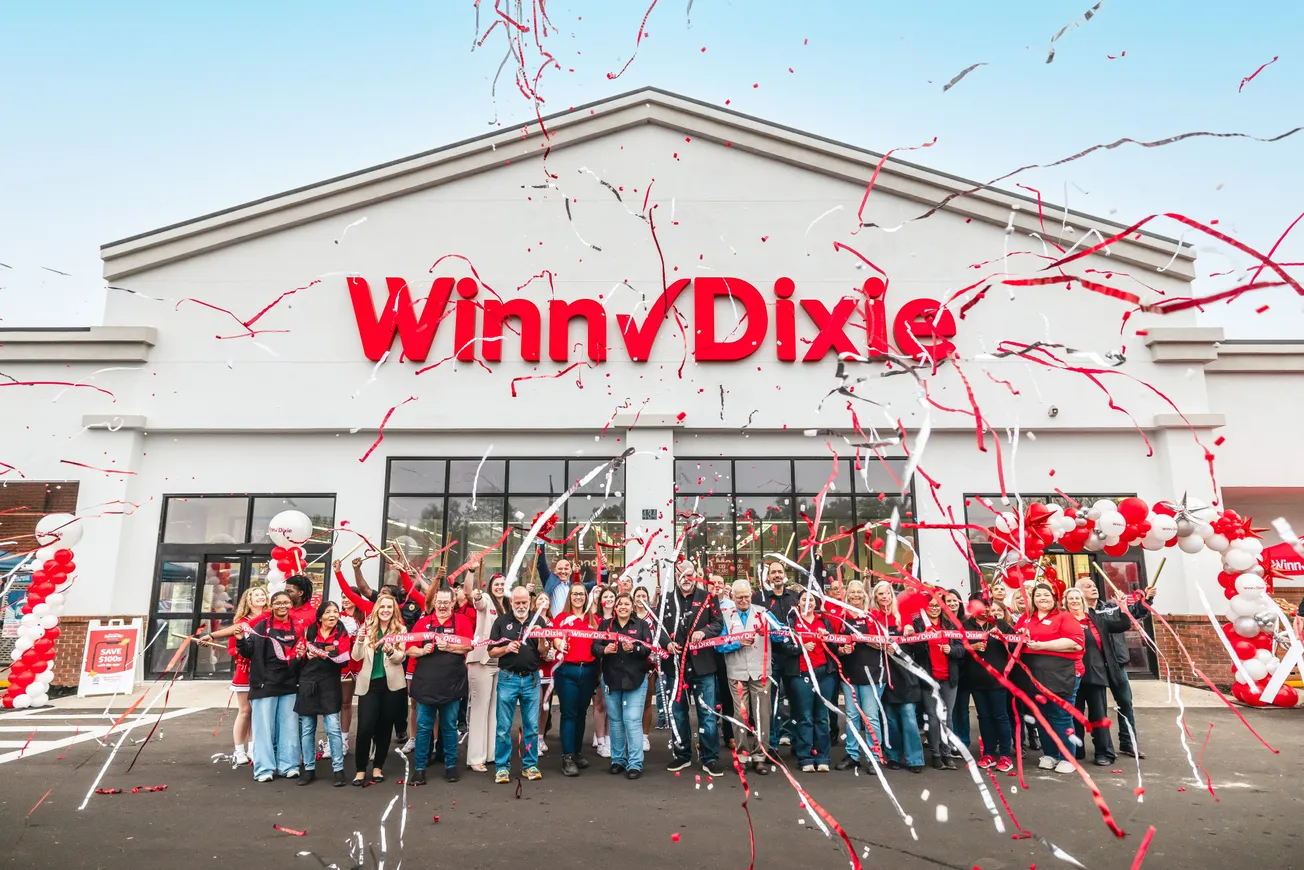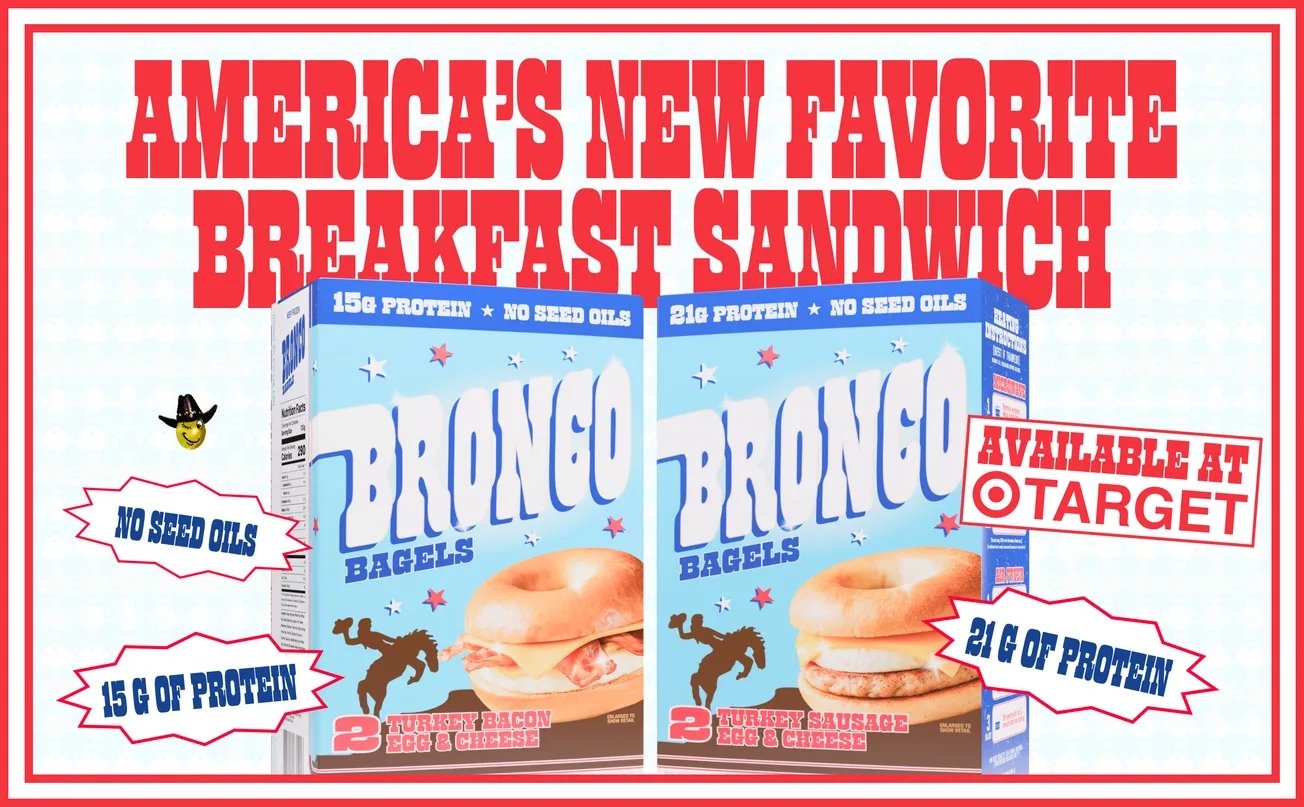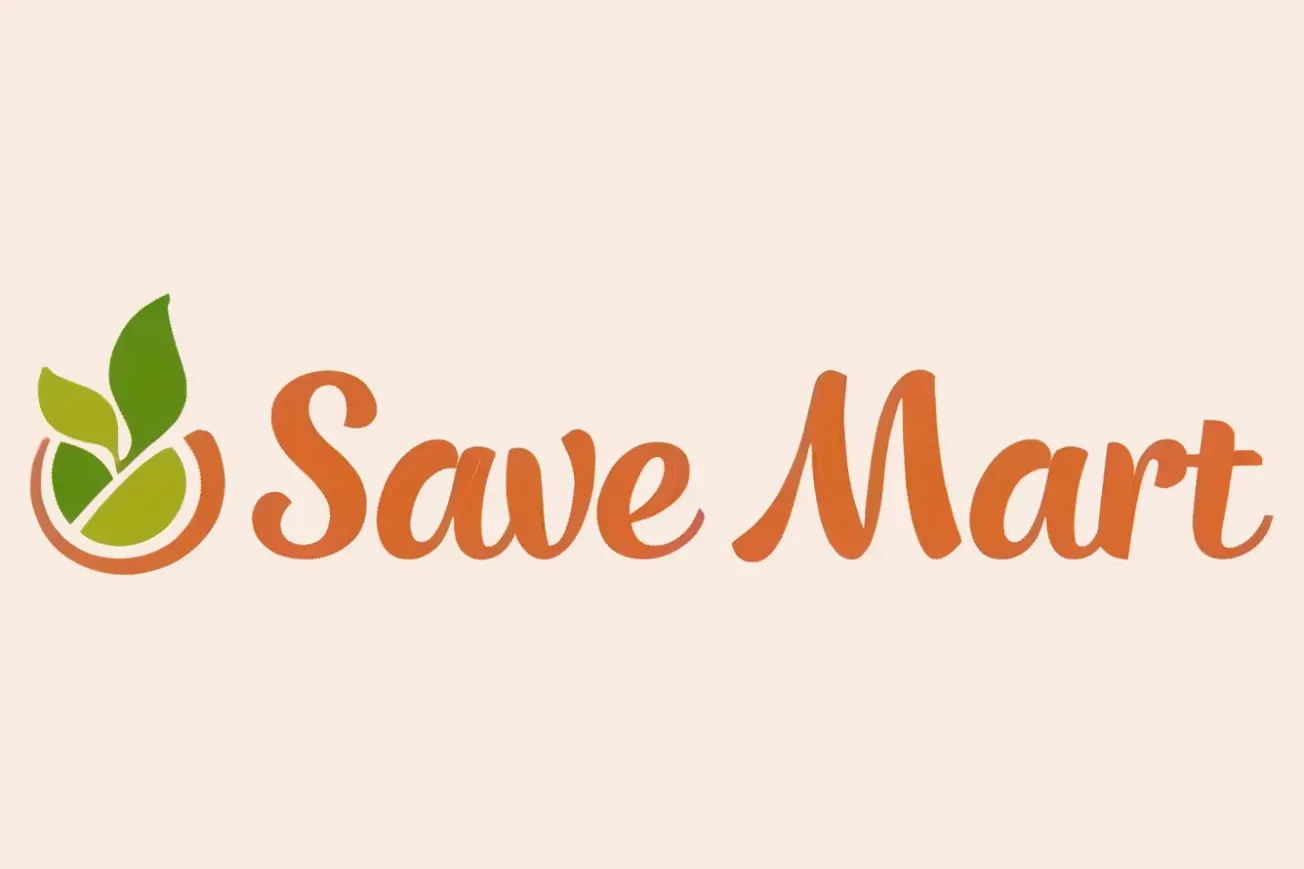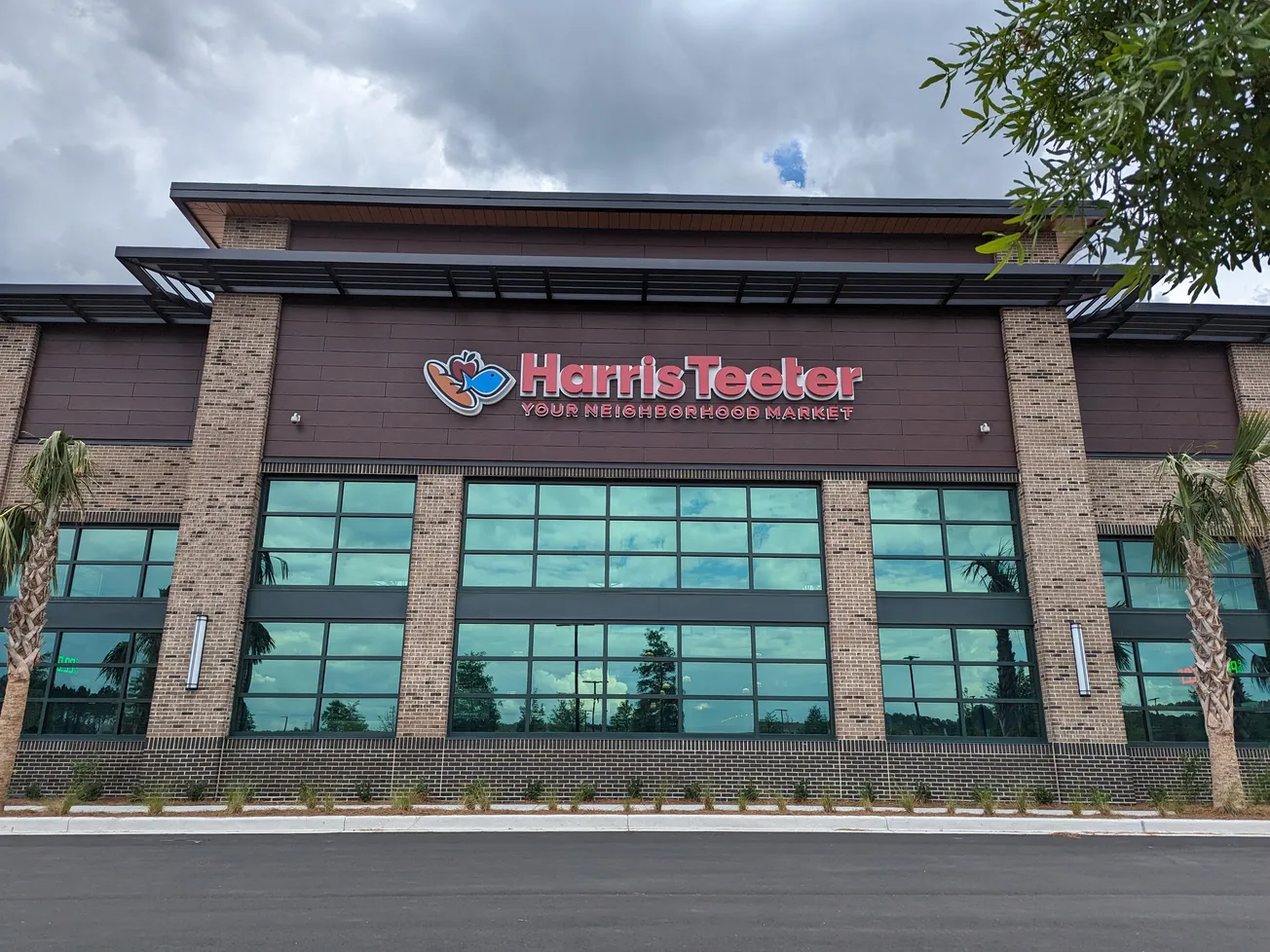ARLINGTON, Va. — A growing number of major food manufacturers, most recently Nestlé USA, are pledging to eliminate synthetic food dyes from their product lines, marking a pivotal shift in the processed food industry amid heightened government pressure and consumer scrutiny.
Nestlé USA announced Wednesday that it will fully remove FD&C synthetic dyes—including commonly used colorants like Red No. 3 and Yellow No. 5—from all of its food and beverage products by mid-2026. More than 90% of the company’s U.S. portfolio is already free of artificial colors. The move puts Nestlé ahead of competitors General Mills and Kraft Heinz, which have both committed to completing their phaseouts by the end of 2027.
“Consumers enjoy a wide variety of foods and beverages as part of their daily diet,” Marty Thompson, Nestlé USA’s CEO, said in a statement. “As their diverse dietary preferences and nutritional needs evolve, we evolve with them.”
Conagra, whose brands include Birds Eye and Healthy Choice, said it will remove artificial dyes from all frozen foods by the end of 2025, with a complete portfolio phaseout by 2027.
The announcements come just two months after the U.S. Food and Drug Administration called on companies to remove six synthetic dyes by 2027 voluntarily. While the FDA maintains that the move is not mandatory, officials have hinted at stronger regulatory action if voluntary progress lags. Health and Human Services Secretary Robert F. Kennedy Jr. has made the removal of petroleum-based food additives—including artificial dyes—a priority of his "Make America Healthy Again" campaign, calling synthetic dyes “poison” and urging food companies to reformulate.
The effort has gained bipartisan momentum, with several states introducing or enacting their own measures. California will ban food products containing Red Dye No. 3 starting in 2027. Texas recently signed into law a requirement for warning labels on products containing 44 synthetic additives, which will take effect in 2027. West Virginia has taken it a step further, banning certain food dyes from schools by August 2025 and from all food sales by 2028.
Despite the pressure, food companies have voiced concerns about the complexity of the transition. Reformulating products without synthetic dyes presents challenges to the supply chain, cost, and stability. Executives warn that natural colorants may alter shelf life, product appearance, or pricing, and that sourcing these alternatives in sufficient quantities could strain production.
Still, momentum is growing. PepsiCo, WK Kellogg Co., and others have begun setting their timelines for reformulation. Kellogg, for instance, will stop introducing any new products with synthetic dyes by 2026, and will remove them from cereals served in schools by the 2026–27 school year.
Consumer health advocates have welcomed the changes but say the timeline should be even faster. Those moves were described as “long overdue” by Brian Ronholm, director of food policy at Consumer Reports, speaking to the Washington Post.
Scientific consensus on the health impacts of artificial dyes remains mixed. While some studies suggest potential links to hyperactivity in children and even cancer risks in animal tests, others argue that more data is needed. Nonetheless, public sentiment—and regulatory will—appears to be shifting decisively against these additives.
As the 2027 deadline approaches and state-level bans take effect, food manufacturers nationwide are entering a new era of ingredient transparency. With some of the biggest brands leading the way, synthetic dyes may soon become relics of the American pantry.
Key Brands Phasing Out Synthetic Dyes:
- Nestlé USA: Full removal by mid-2026 (e.g., Nesquik, Toll House with M&Ms)
- Conagra: Frozen foods by end of 2025; full portfolio by 2027 (e.g., Snack Pack, Duncan Hines)
- Kraft Heinz: By end of 2027
- General Mills: By end of 2027
- PepsiCo / WK Kellogg Co.: Natural color options and school reformulation underway
States Taking Action:
- California: Ban on Red Dye No. 3 starting 2027
- Texas: Warning labels for 44 additives starting 2027
- West Virginia: Full ban on seven dyes by 2028; school ban begins 2025


